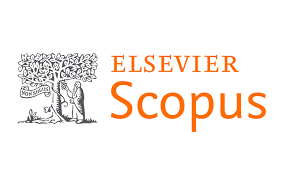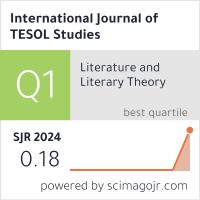2632-6779 (Print)
2633-6898 (Online)


Scopus
Ulrich’s Periodicals Directory (ProQuest)
MLA International Bibliography
MLA Directory of Periodicals
Directory of Open Access Journals (DOAJ)
QOAM (Quality Open Access Market)
British National Bibliography
WAC Clearinghouse Journal Listings
EBSCO Education
ICI Journals Master List
ERIH PLUS
CNKI Scholar
Gale-Cengage
WorldCat
Crossref
Baidu Scholar
British Library
J-Gate
ROAD
BASE
Publons
Google Scholar
Semantic Scholar
ORE Directory
TIRF
China National Center for Philosophy and Social Sciences Documentation
Mariko Yuasa
Osamu Takeuchi
Kansai University, Japan
Abstract
Growing evidence supports machine translation’s (MT) effectiveness for second and foreign language (L2) writing among English as a Foreign Language (EFL) learners. Although MT use by less-proficient learners is often criticised for causing disengagement from the writing process, how these learners actually interact with MT remains underexplored. Adopting a multidimensional engagement framework, this explanatory sequential mixed-methods study examines the engagement of CEFR A2-level EFL learners in MT-assisted writing. A novel instrument, the Engagement in MT-assisted Writing scale, was administered to 434 university students to assess four engagement dimensions: behavioural, cognitive (pre- and post-editing), affective, and social. Cluster analysis identified four distinct engagement profiles (high, moderate, affective–social low, and low), with social engagement being consistently weak across all groups. To contextualise these patterns, follow-up interviews were conducted with seven students—three from the high, three from the moderate, and one from the affective–social low group. The findings revealed that learners primarily used MT as a translanguaging resource for L2 writing, showing cognitive engagement through pre- and post-editing strategies to enhance MT output. Participants in the moderate and affective–social low groups also used MT to support multilingual, real-life communication. Despite frequent MT use, two moderate-group participants expressed uncertainty about revising MT outputs, while one reported feeling guilty about relying on MT. These insights may reshape educators’ perspectives on students’ MT use, highlighting the importance of targeted strategy instruction. Further, adopting translanguaging approaches can help students use MT purposefully to express their voices more confidently in L2 writing.
Keywords
Machine translation, engagement, second language writing, mixed-methods approach, translanguaging